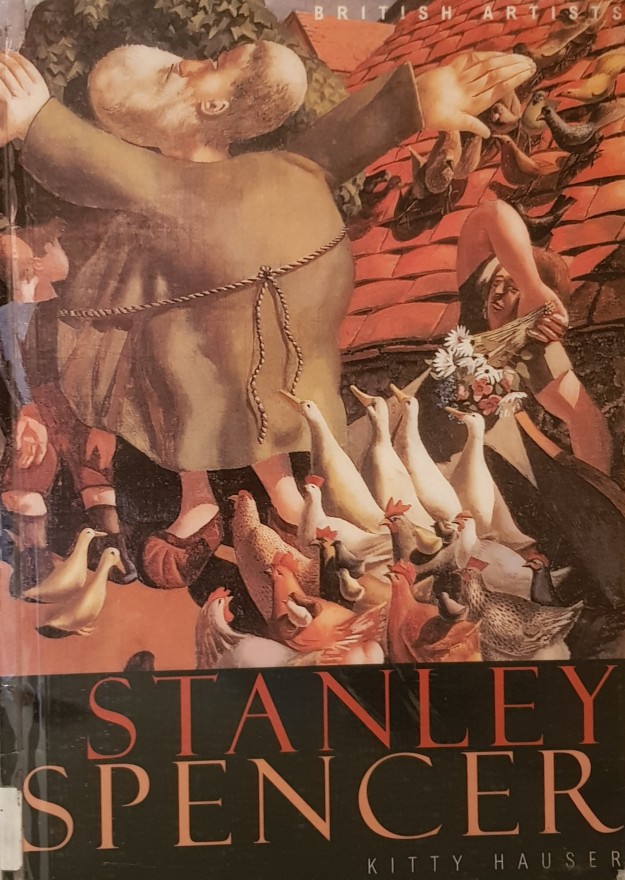Political, economic or social factors
Large scale religious reform taking place, split in church. In Northern Europe the reformation brought Protestant religion to the fore and made people question many assumptions and traditions culturally, in reaction in Italy, the Counter Reformation took place to reform and renew the Catholic Church. Counter Reformation probably had a stronger influence on the arts as Protestantism was perceived by some to be ‘anti arts’. After the Reformation some artist decided to move out of Protestant areas (e.g. Holbein).
Rome took over from Florence as the centre for art. Artists like Michelangelo moved to Rome as that was where the biggest commissions were (due to the urban renewal of Rome). Venice was still the richest city and also had its own artists (Giorgine and Titian).
Changes to status or training of artists
Artists start to become as important in society as other notable people, the highest status they had ever achieved in any previous period. Artist such as da Vinci, Michelangelo and Durer enjoyed widespread fame and fortune. Architecture, painting and sculpture now seen as the ‘liberal arts’ so distinct from textiles, ceramics, metal work, etc… which were viewed as crafts.
Artists now had a mixture of religious, civic and private commissions
Development of materials and processes
The era known as the ‘High Renaissance’ began mid-century with the arrival of artists such as da Vinci and Raphael. New painting techniques were developed such as chiaroscuro and sfumate. also development of aerial perspective, contrapposto and gesture echoing.
Titian took on the use of oil painting and started applying it to canvas, this became the dominant form of painting in Europe.
Styles, movements and influences
In Northern Europe Gothic was still an influence well into the century
Much Protestant art was centred around portraits, particularly of the religious reformers. Artists such as Bosch brought ideas that went against the Italian Renaissance ideas of beauty and nobility, for example ‘The garden of earthly delights’. This picture showed more human frailty and wickedness.
Because of the Counter Reformation you can see in Italian art a clear distinction between what was deemed appropriate in religious art in comparison to secular art. Basically artists had to be much more careful about nudity or certain suggestive poses and gestures.
Development on mannerism in c16th art, known as ‘stylish style’, can been seen leading onto idealised bodies and then finally distorted ones very different from real people (e.g Correggio).
Critics, thinkers and historians
Michelangelo was denounced by Protestants for producing ‘filth’, for example the Sistine Chapel ceiling nudes, clothes were added to some of the figures after his death. The High Renaissance was the main influence on painting until the 19th Century with the development of movements like the pre Raphaelites.






